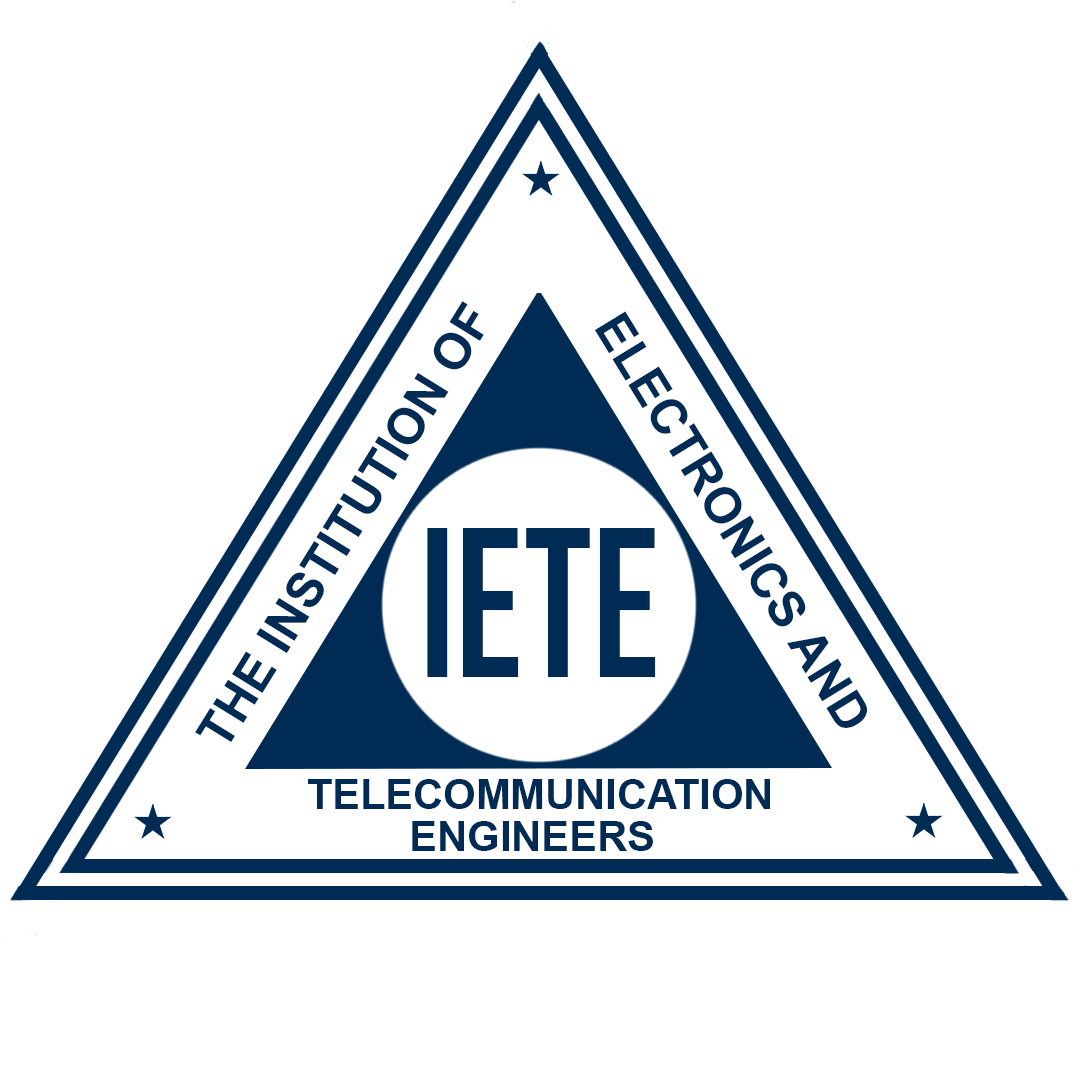

Written by - Ayushi Tewari
Uploaded on - 08/12/2022
A semiconductor material has an electrical conductivity value falling between that of a conductor and an insulator. Its resistivity and temperature are inversely related. Its conducting properties may be altered in various useful ways by introducing impurities into the lattice. When two different doped regions exist in the same crystal, a semiconducting junction is created. The charge carriers include electrons, ions, and electron holes, these junctions are the basis of transistors, diodes and most modern electronics. Some examples of semiconductors are silicon, germanium and gallium arsenide etc.
Semiconductors can display a range of useful properties, such as passing current more easily, showing variable resistance, and having high sensitivity to light or heat. The electrical properties of a semiconductor can be modified by doping and by some application related to electrical fields or light, devices made from semiconductors are accustomed to switching, amplification and energy conversion.
A semiconductor material in its purest form is known as an intrinsic semiconductor. These are chemically pure and there so no impurities mixed. In intrinsic semiconductors, the carriers are holes and electrons. Also, the number of free electrons is equal to the number of holes. Eg.-germanium (Ge) and silicon (Si).
When a small amount of impurity(chemical impurity) is added to an intrinsic semiconductor, then the obtained semiconductor material is known as an extrinsic semiconductor. It is also known as a doped semiconductor. Extrinsic semiconductors are further of two types N-type and P-type semiconductors. When a pentavalent impurity is added to an intrinsic semiconductor, then the obtained semiconductor is known as an N-type semiconductor. when a trivalent impurity is added to a pure semiconductor, then it is known as a P-type semiconductor.
Semiconductors in their natural state are poor conductors because a current requires the flow of charge. Some techniques allow semiconducting materials to behave like conducting materials, such as gating or doping. These modifications have two outcomes: n-type and p-type. These refer to the shortage Or excess of electrons. A balanced number of electrons cause current to flow over the material.
Semiconductors have a high thermal conductivity which is used for heat dissipation and improvement of heat management of electronics.
Light-emitting semiconductors are used in the construction of diodes that emit light and fluorescent quantum dots.
Semiconductors are defined by their unique electrical conductivity, between the conductor and an insulator. Electrical conductivity arises due to the presence of a delocalized charge Carrier. However, to transport electrons a state must be partially filled or half-filled.
High conductivity in material comes from it having many partially filled states and much state delocalization. Metals are good electrical conductors and have many partially filled states with energies near their Fermi level. An intrinsic semiconductor has a bandgap that is smaller than that of an insulator at room temperature.
The partial filling is due to adding electrons to that band. The actual concentration of electrons is very dilute, and so (unlike in metals). In most semiconductors, the conduction bands have a parabolic - dispersion relation, and so these electrons respond to some significant forces like electric field force magnetic field force, etc. Because the electrons behave like an ideal gas, one may also think about conduction in simplistic terms such as the Drude model, and introduce concepts such as electron mobility.
For partial filling at the top of the valence band, it is useful to introduce the idea of an electron hole. Although the electrons in the valence band keep moving around, a full valence band is inert, not reactive and doesn't conduct any current. Combined with the negative effective mass of the electrons at top of the valence band, we come across a picture of a positively charged particle that responds to electric and magnetic fields just as a positively charged particle would do in a vacuum. This particle is called a hole (positive charge carrier).
Doping is defined as the conductivity of semiconductors which may easily be modified by introducing impurities into their crystal lattice that is by doping. The process of adding a significant amount of impurities to a semiconductor is known as doping. The amount of impurity, or dopant, added to an intrinsic (pure) semiconductor varies its level of conductivity. By adding impurities to the pure semiconductors, the electrical conductivity may be varied by factors of thousands or millions.
The elemental semiconductors are those composed of single species of atoms, such as silicon, germanium, and tin in column IV and selenium and tellurium in column VI of the periodic table. There are various compounds of semiconductors, which are composed of two or more elements. Gallium arsenide (GaAs) etc. Ternary compounds can be formed by elements from three different columns— eg. -mercury indium telluride (HgIn2Te4). They also can be formed by elements from two columns, such as aluminium gallium arsenide (AlxGa1 − xAs), which is a ternary compound. Pure silicon is the most important material for integrated circuit applications, and III-V binary and ternary compounds are the most significant for light emission..
Semiconductors are an essential component of electronic devices, enabling advances in communications, computing, military systems, healthcare, transportation, clean energy, and countless other applications.
SIn an age where everything is becoming increasingly computerized. Modern life is dependent on semiconducting chips and transistors on silicon-based integrated circuits, which have the power to switch electronic signals.
Recently, microscopic transistors squeezed onto silicon chips. That reducing size has paved the way for the modern techno world. The modern digital age that semiconductors helped create has led to new invention as the Internet of Things (IoT), Artificial Intelligence (AI), autonomous vehicles, and 5G phones.